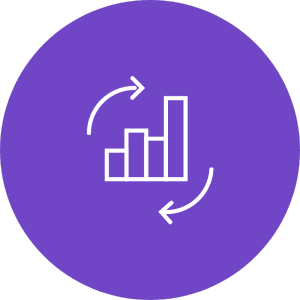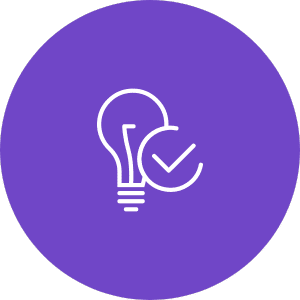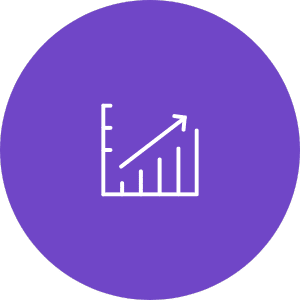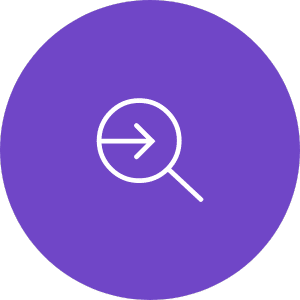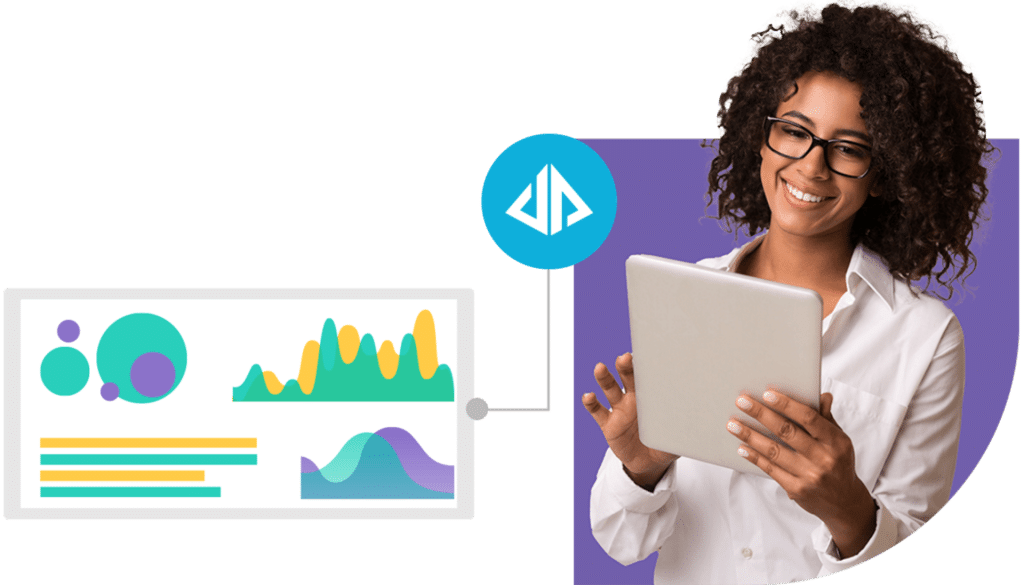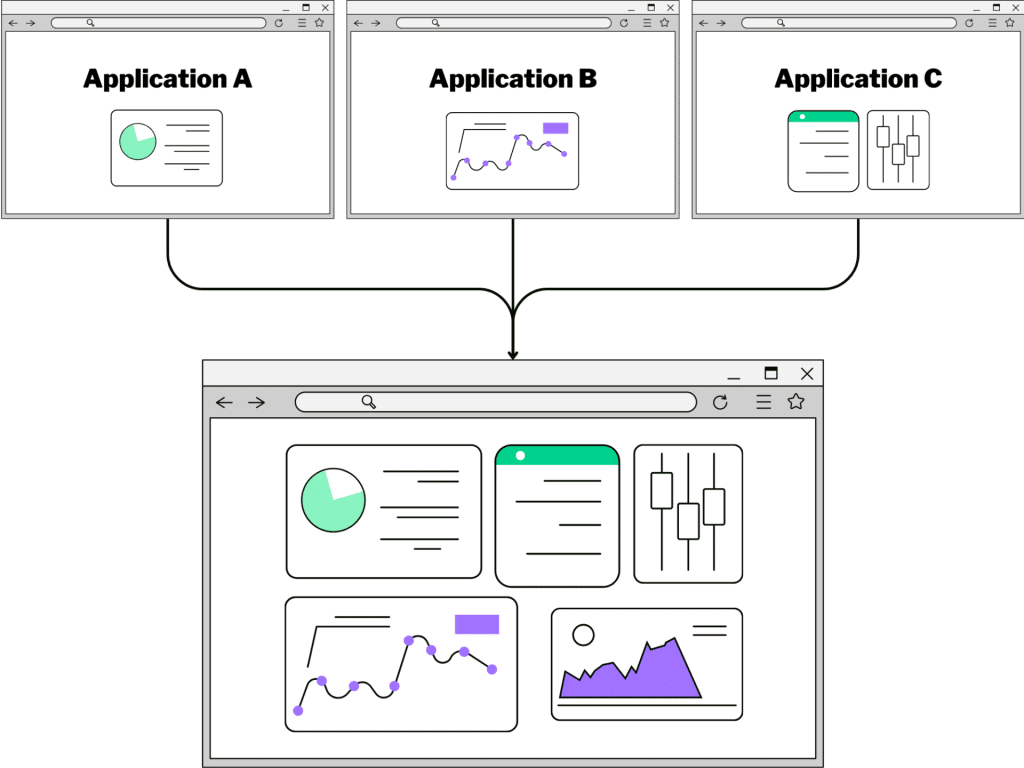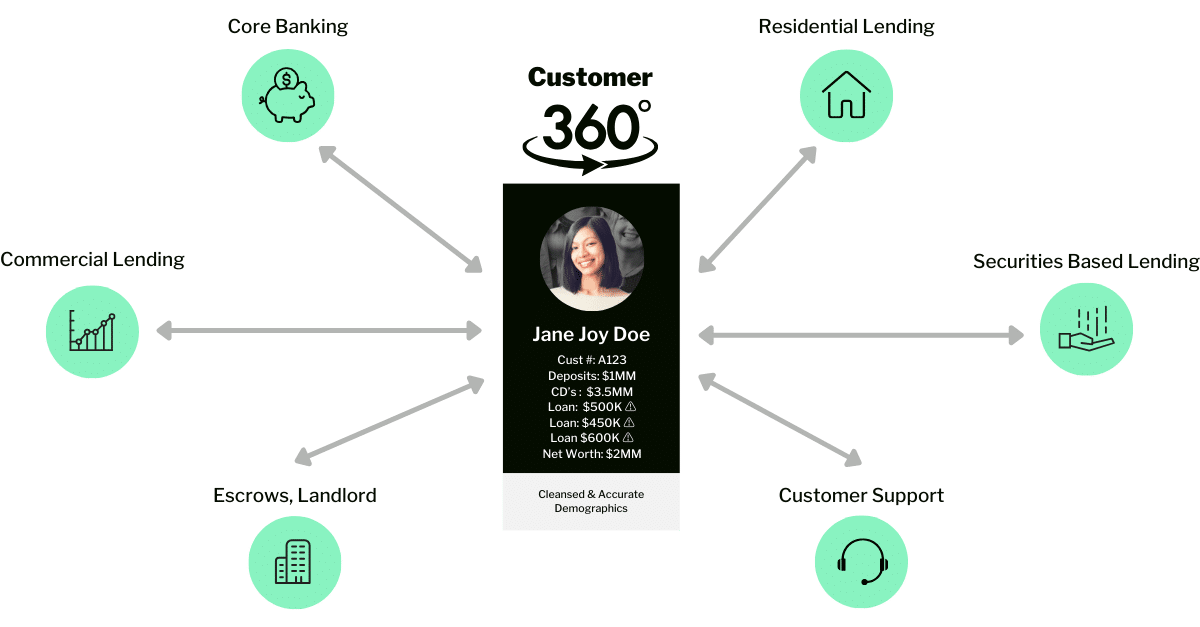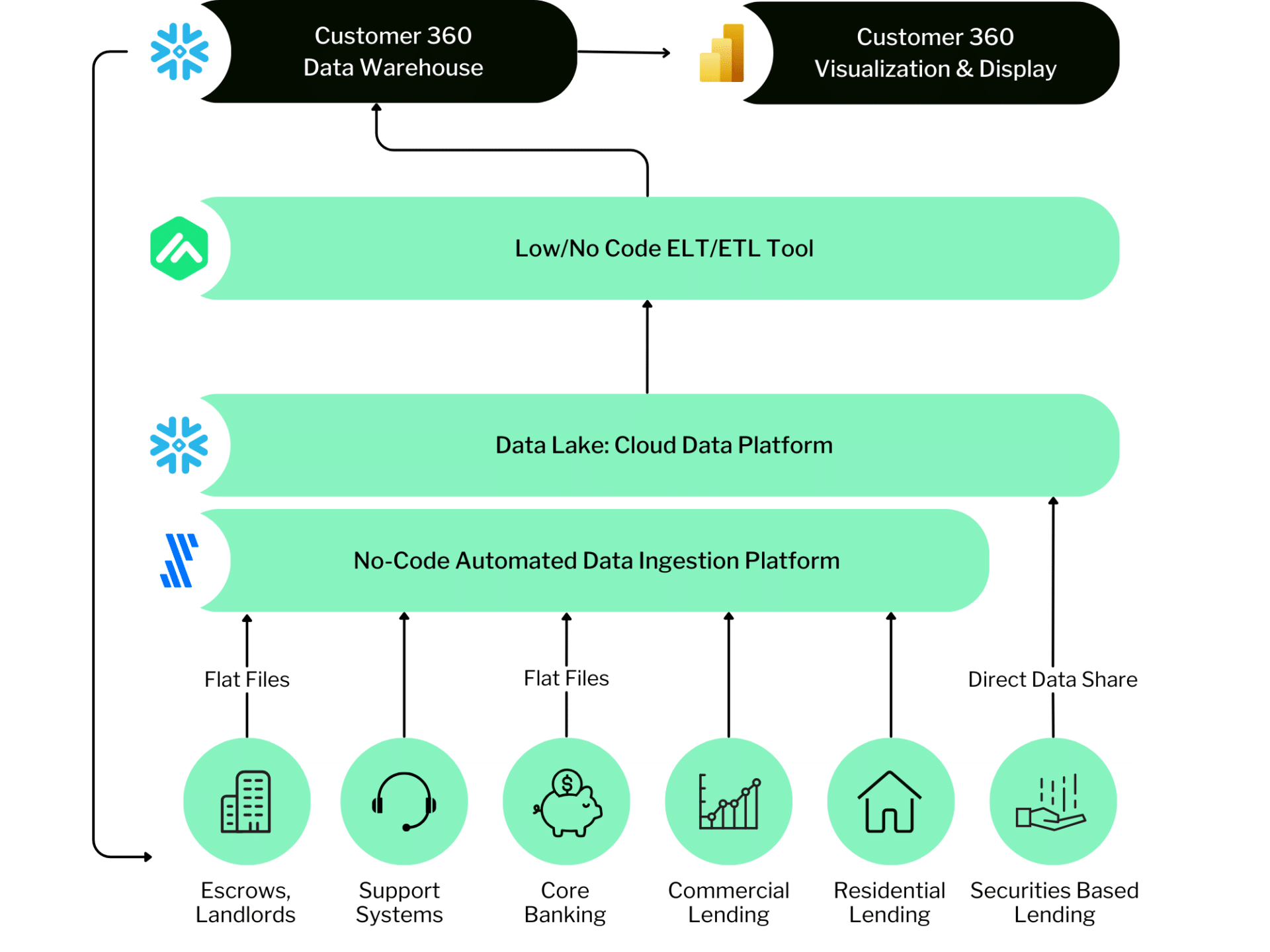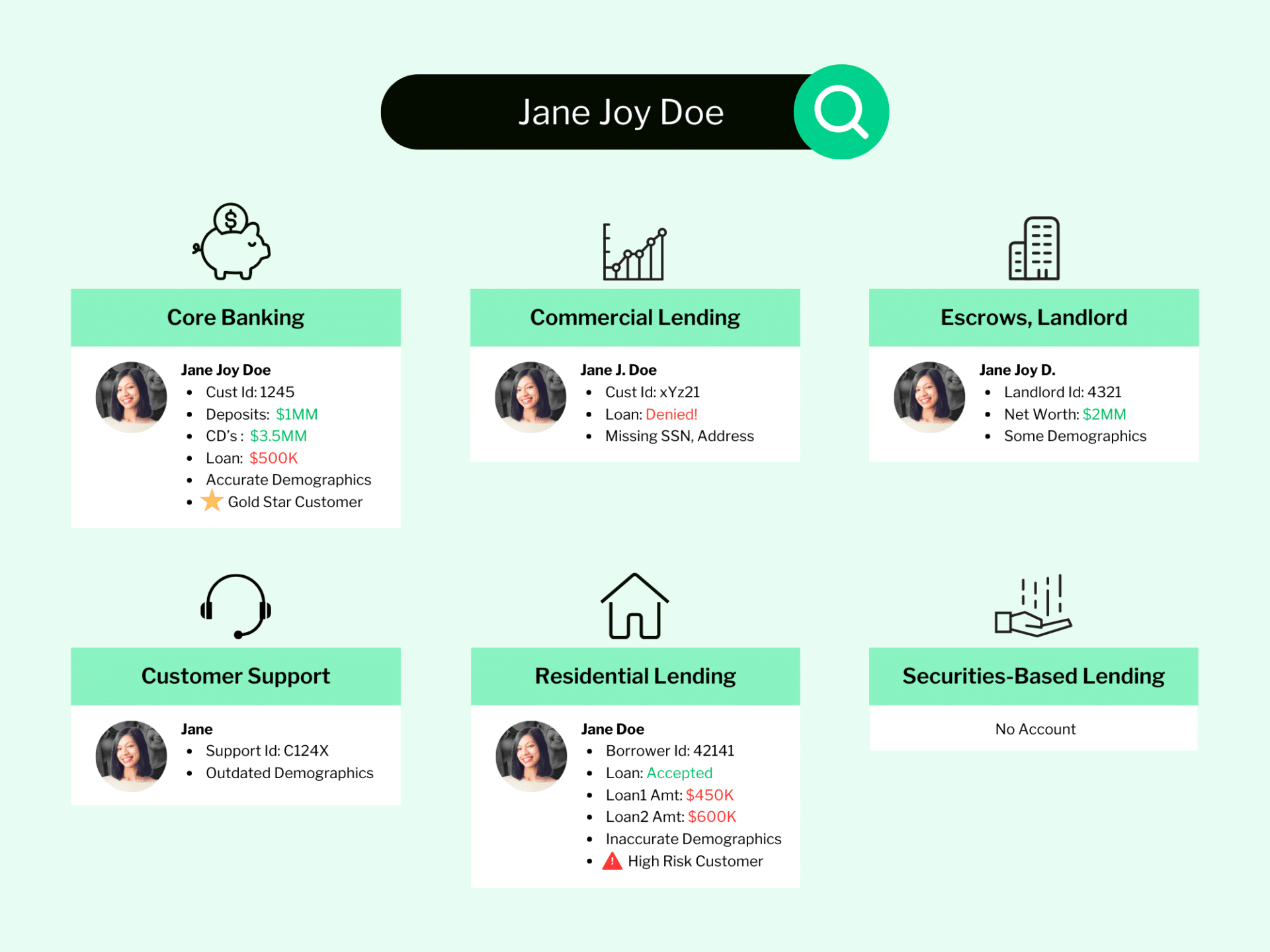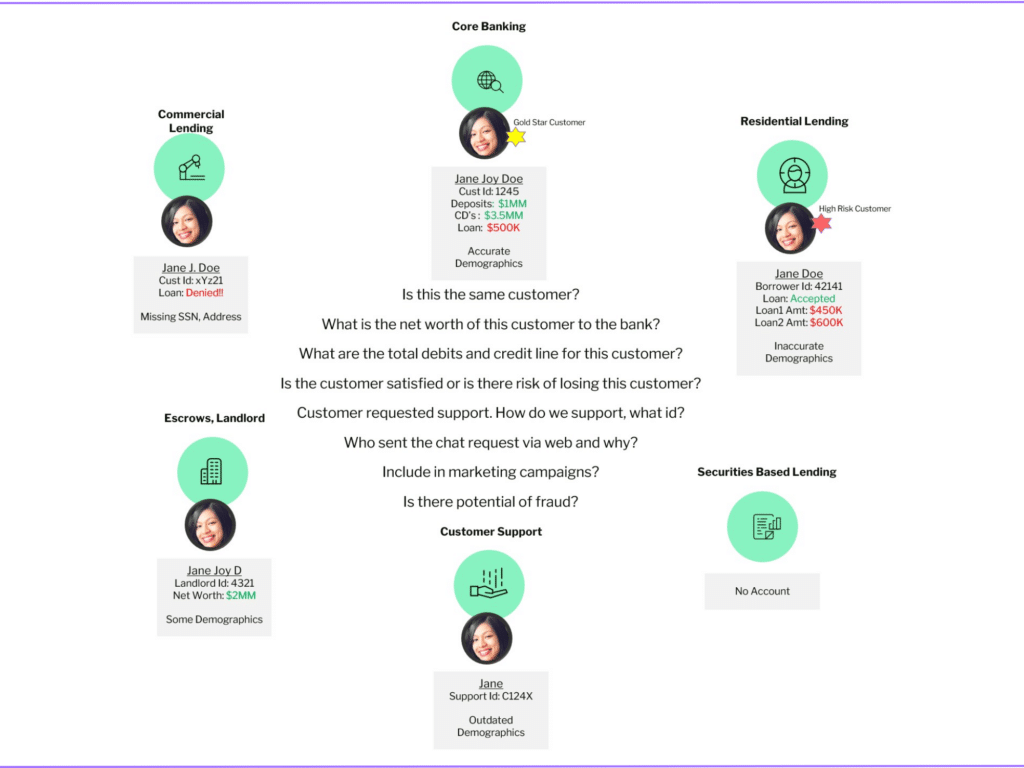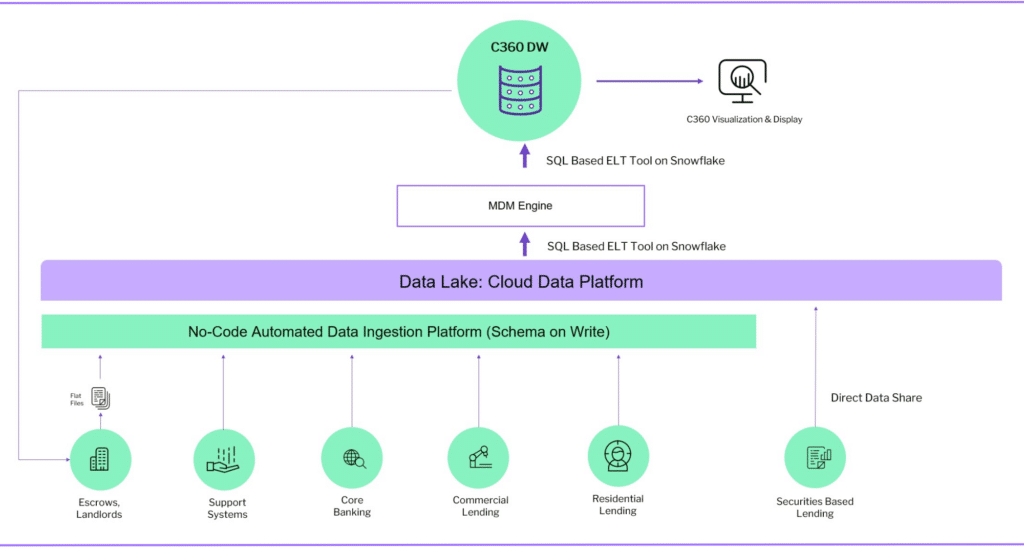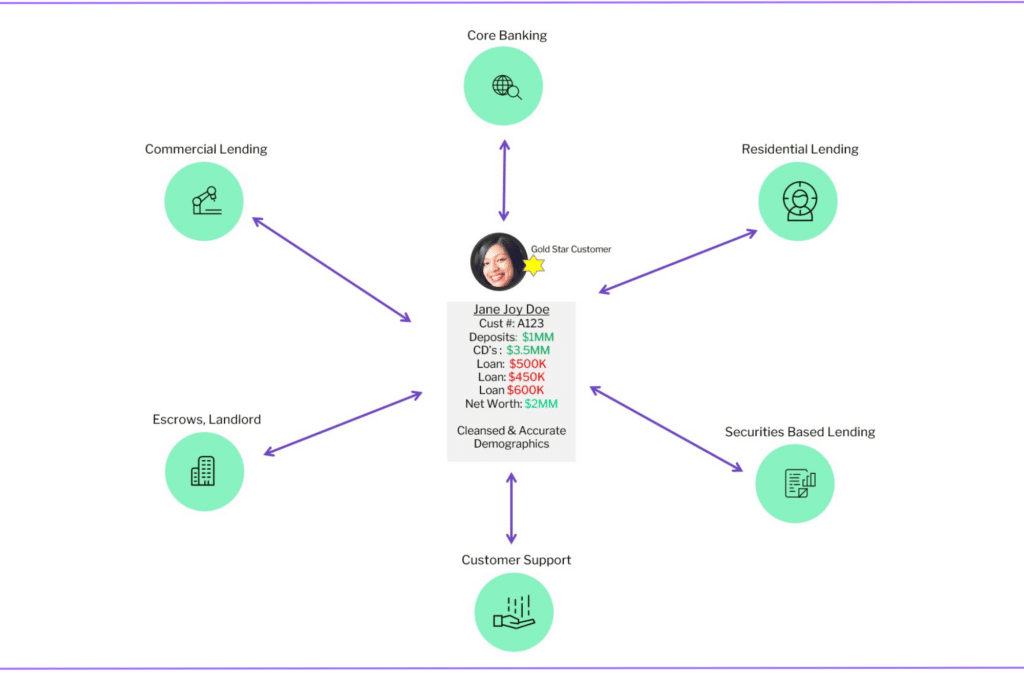Ditch the Data Bottlenecks: Why Sigma Wins Over Looker
Written by
Mike Galvin, Managing Director
Published
April 22, 2025

Data modeling is essential for turning raw data into actionable insight—but not all modeling approaches are built to last. Looker, with its powerful semantic layer and LookML modeling language, once set the standard for centralized data governance and self-service analytics. But as many organizations have learned the hard way, what starts as a promising framework can become a long-term liability.
Despite its early appeal, Looker’s modeling approach often creates friction, complexity, and bottlenecks that hinder agility and scalability over time. Fortunately, newer tools like Sigma offer a fresh approach—one that eliminates the overhead of rigid data models while empowering business users to explore and analyze with freedom and confidence.
The Promise of Looker’s Data Modeling Layer
Looker introduced a compelling vision for modern business intelligence (BI): a centralized, code-based semantic layer that abstracts SQL logic and standardizes metrics across the organization. Using LookML, data teams can define dimensions, measures, joins, and business logic in reusable files. The benefits are clear—centralized governance, version control, and consistency.
This model appealed to many organizations looking to bring order to fragmented reporting environments and reduce the burden on analysts manually writing SQL. For a time, it worked well. But as teams scaled, so did the problems.
Why Looker Models Struggle Over Time
1. Complexity Grows Rapidly
As data needs evolve, LookML models tend to grow in size and complexity. What starts as a manageable set of views and explores can balloon into a tangled web of dependencies, nested joins, and abstracted logic that’s hard to debug, let alone maintain. Small changes can have unintended ripple effects, making even simple updates risky.
2. Bottlenecks for Business Users
The centralized modeling layer puts the power squarely in the hands of the data team. While this ensures consistency, it also creates a bottleneck: business users must request updates or new metrics through developers. This slows down decision-making and discourages innovation. Over time, users stop exploring and start waiting.
3. Skills Gap and Maintenance Burden
LookML is a proprietary language, and maintaining models requires not just SQL knowledge, but fluency in YAML, Git workflows, and Looker’s specific abstractions. Training new team members or scaling your analytics function becomes a challenge—especially when compared to more intuitive tools.
4. Limited Real-Time Collaboration
Looker is largely dashboard-driven, with limited capabilities for spontaneous collaboration or iterative exploration. Business users can slice data only within the bounds defined by the model, which limits their ability to answer new questions on the fly or experiment with different views of the data.
5. Governance vs. Agility Tradeoff
Looker’s emphasis on governance often comes at the cost of agility. The more tightly you lock down models to ensure data quality, the more you constrain users’ ability to explore. In many organizations, this leads to shadow BI, where teams export data to Excel or create parallel solutions outside the sanctioned platform—defeating the very purpose of central governance.
Why Sigma Is Better
1. Spreadsheet-Native Interface
Sigma brings the power of a modern data warehouse to a familiar spreadsheet interface. Business users don’t need to learn LookML or write SQL to get insights. They can build pivot tables, apply formulas, and create visualizations just like they would in Excel—only at cloud scale.
2. Real-Time Access Without Predefined Models
Unlike Looker, Sigma allows direct querying of cloud data platforms without the need for a semantic layer. Users explore data in real time, dramatically reducing time-to-insight and avoiding long request queues for model updates.
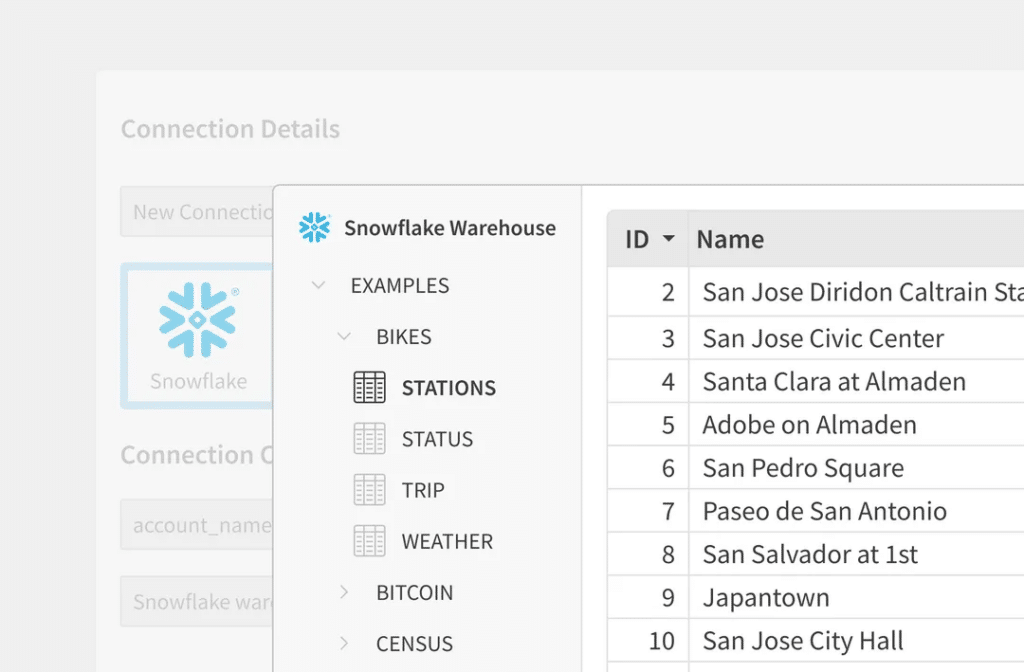
3. True Business User Empowerment
Sigma breaks down the wall between technical and non-technical users. Analysts and business users can create calculations, join datasets, and build dashboards without writing code—reducing the load on data engineers and accelerating time to insight. By enabling users to filter, join, calculate, and visualize data independently, Sigma reduces dependency on technical teams.
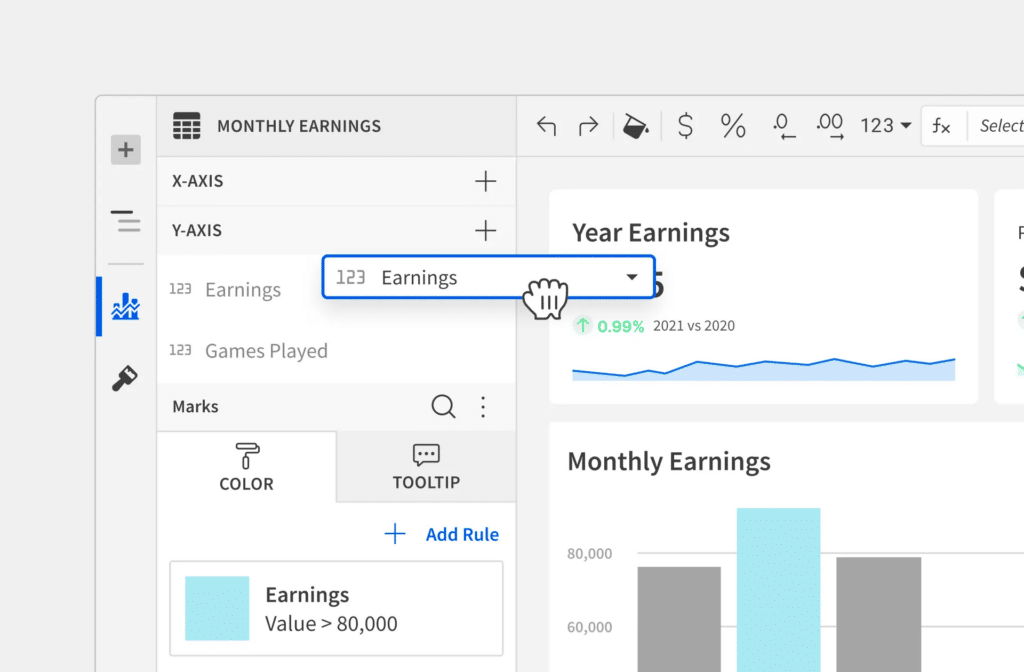
4. Governed Flexibility
Governance isn’t an afterthought in Sigma—it’s built into the platform. Admins can define access controls, certified datasets, and permissions to ensure data integrity while still giving users room to explore. It’s the best of both worlds: flexibility with oversight.
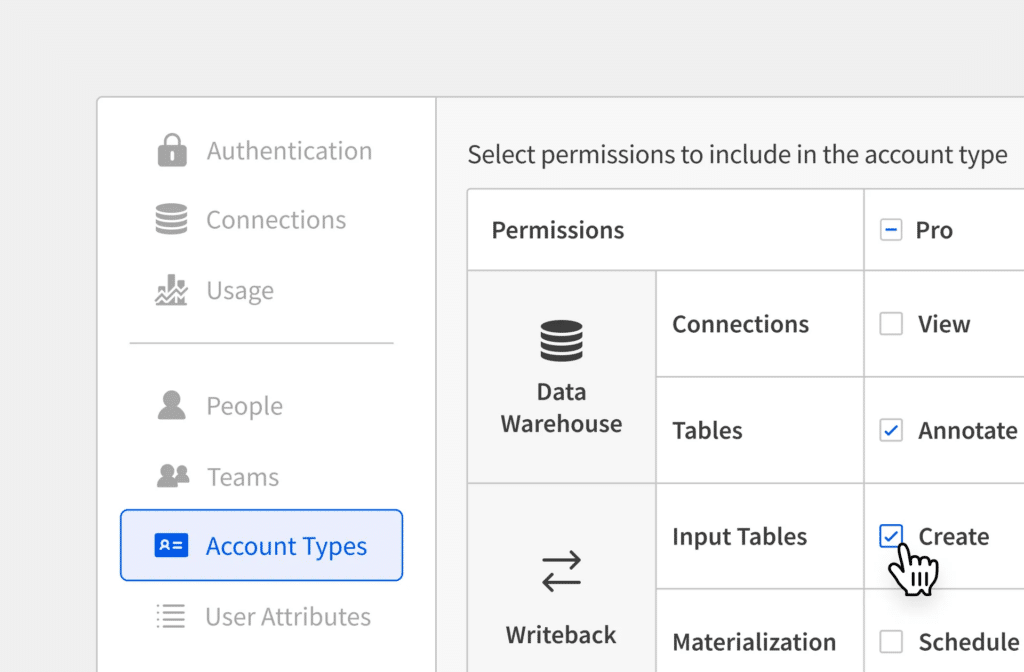
5. Seamless Embedded Analytics
Sigma makes it easy to embed business intelligence (live dashboards, tables, and interactive analytics) directly into your customer-facing applications, portals, or internal tools. With secure, customizable embeds that respect user permissions, teams can deliver real-time insights to customers, partners, or business units—without duplicating infrastructure or exposing raw data.
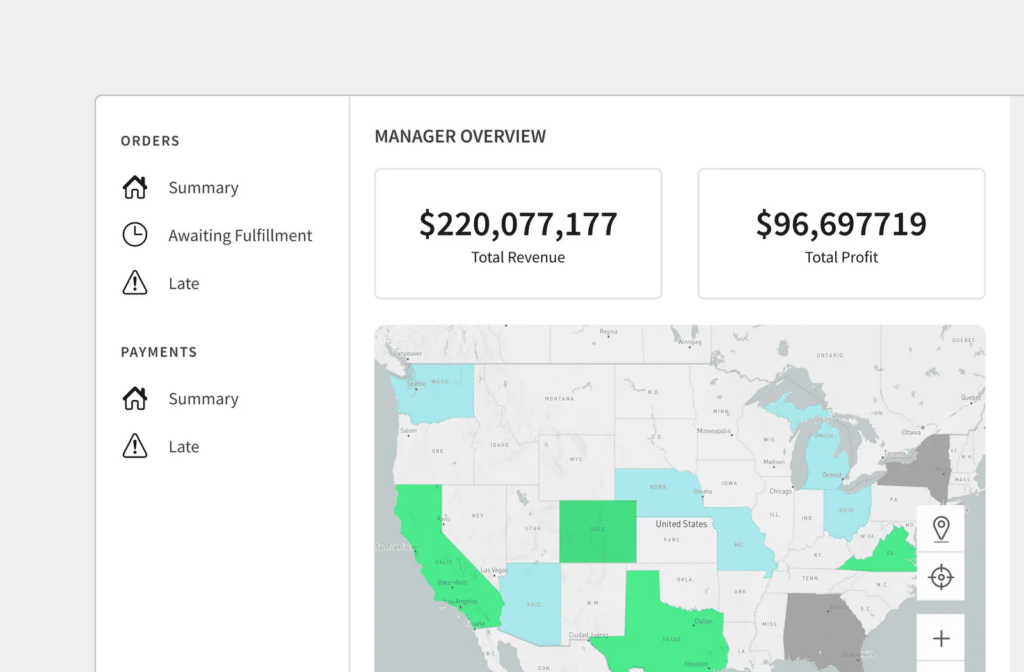
6. Built for the Modern Data Stack
Sigma’s cloud-native architecture works seamlessly with Snowflake, Databricks, BigQuery, and dbt. By shifting compute to the data warehouse and integrating with upstream transformation tools, Sigma eliminates the need for a rigid, proprietary modeling layer.
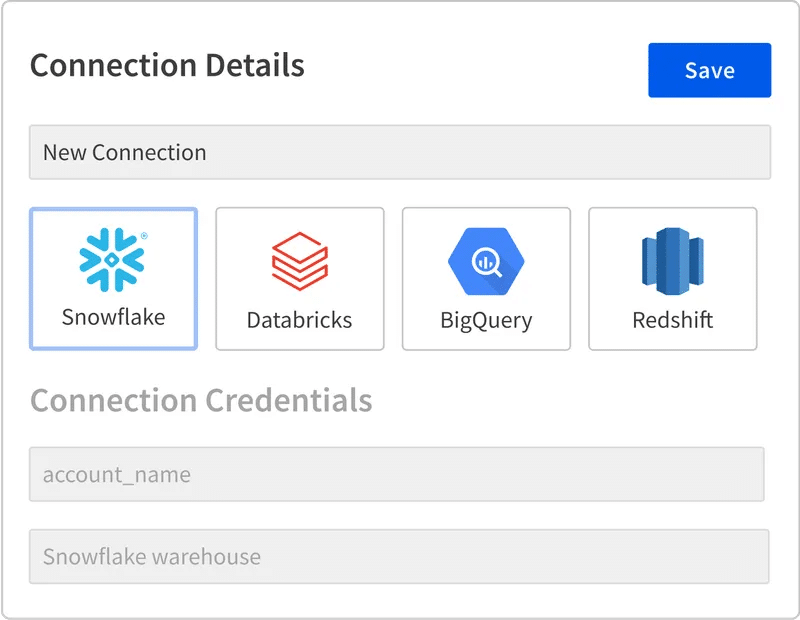
From Rigid Models to Real-Time Insights
Looker helped pioneer the idea of a governed semantic layer, but its rigid modeling approach often becomes a barrier rather than a bridge. The overhead, complexity, and user friction it introduces make it difficult to sustain in the long run—especially for organizations that need speed, flexibility, and scale.
Sigma offers a smarter path forward: one that empowers business users, accelerates insight, and aligns with the architecture of the modern data stack. If your Looker models are holding you back, it might be time to explore a better way.
Accelerate Analytics
with Sigma and OneSix
You don’t have to settle for outdated models and clunky workflows. With Sigma’s spreadsheet-native interface and direct access to cloud data, your team can move faster and smarter. As a Sigma consulting partner, OneSix can help you make a seamless transition to modern BI.
Contact Us

